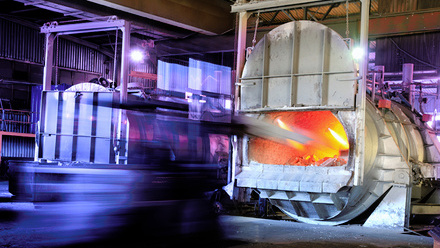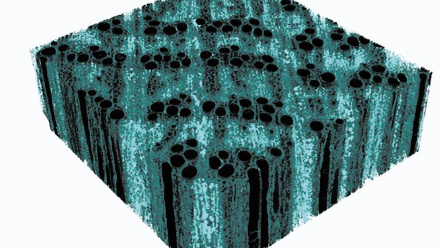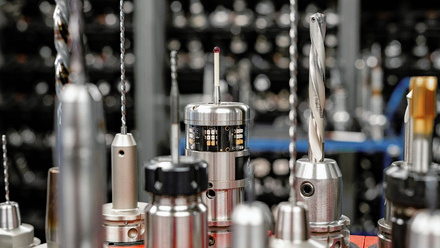Aluminium sector's GHG emissions decrease
For the first time, the global aluminium sector reports that its total greenhouse gas emissions (GHG) have fallen while production has increased.

The International Aluminium Institute (IAI) reveals that the sector's CO2e emissions declined from 1.13Gt to 1.11Gt while production grew 3.9% from 108.2Mt from 104.1Mt.
After tracking more than 50 projects globally, the IAI says that the GHG emissions intensity of primary aluminium production has been declining since 2019, and, in 2022, it dropped a further 4.4% from 15.8t of CO2e to 15.1t.
Aluminium is a key enabler to reduce emissions in other sectors, the institute notes, such as automotive, transport, building and construction, and food and drink pacakging.
Primary aluminium production was found to grow from 67.1Mt in 2021 to 69Mt in 2022.
IAI Secretary General Miles Prosser says, 'Our challenge is to reduce emissions while growing production. Aluminium demand is expected to grow significantly over the decades ahead, because of its role in decarbonisation economy-wide. This will tend to drive increased emissions. But at the same time, the industry is reducing the average emissions intensity of each tonne of production.
'The 2022 data shows the effectiveness of work by the aluminium industry to reduce the emissions intensity of production. While much remains to be done, 2022 was the first year that these intensity reductions offset production growth.'







